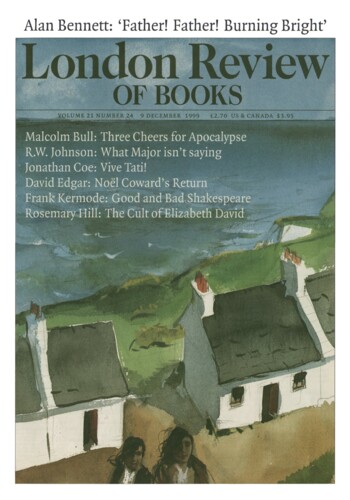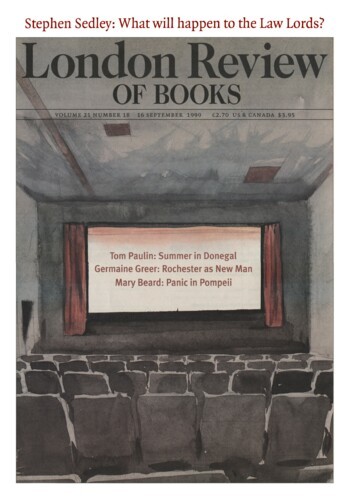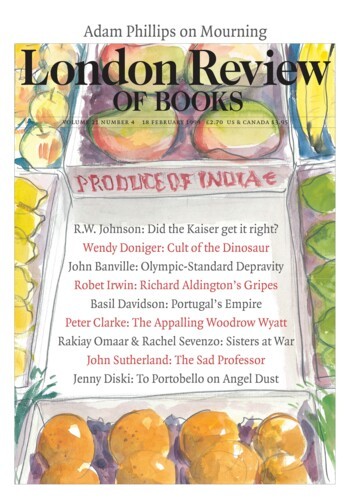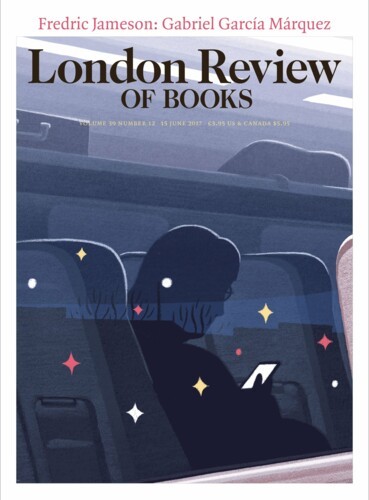Diary: Moore in Prato
David Craig, 9 December 1999
On a day of naked sunshine, austerely cool and pure, I drive with Ron de Cambio, caretaker, from Peralta, ten miles north of Viareggio, between stone-yards where pallets stacked with car-sized blocks of white and roseate marble stand like wagons in a marshalling yard. At Forte dei Marmi the road hairpins upwards past Seravezza through leafless forest, past crags latticed with icicles, towards Altissimo. Michelangelo chose stone and worked here, so did Henry Moore. A photo of Moore, sunburnt in a short-sleeved shirt, eyeing a boulder among clean-shaven cliffs and curls of old steel hawser, and soaring white-faced mountains, has drawn me to this place.





